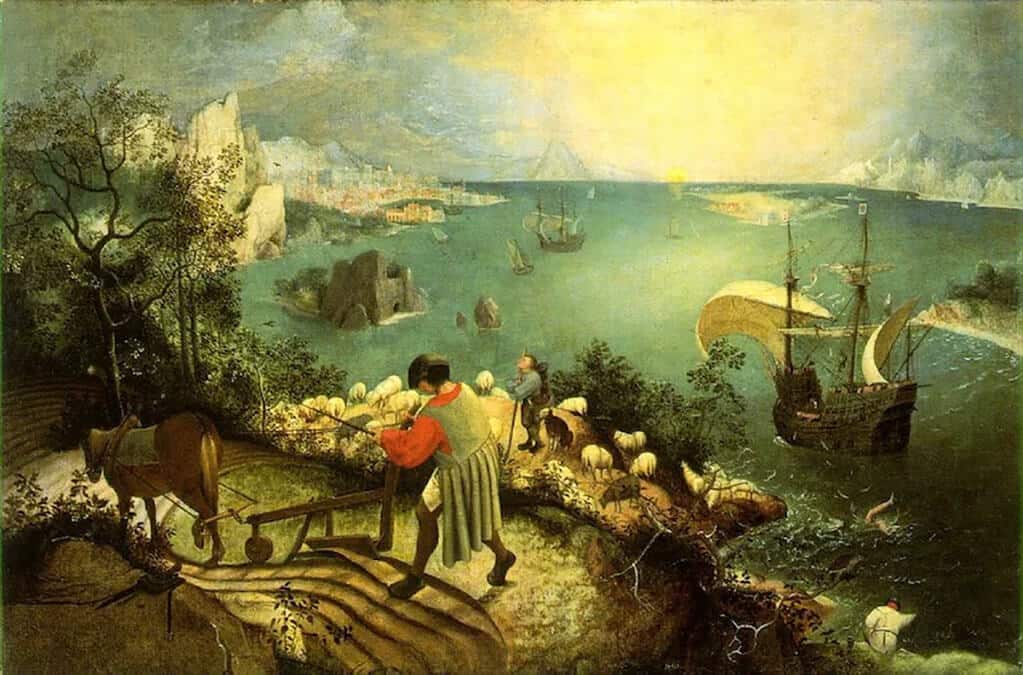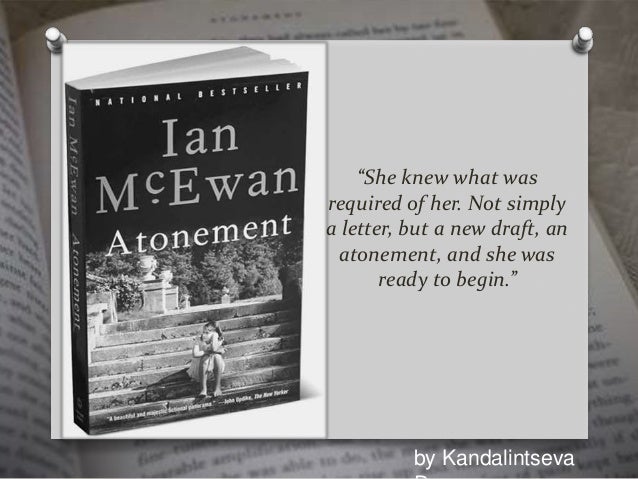NEW IB ENGLISH LITERATURE COURSE BD SOMANI INTERNATIONAL SCHOOL MUMBAI. EMAIL andrew.callahan@bdsint.org (Please note this site uses Google cookies in compliance with EU Law. By using this site you accept that cookies are used here.)
Monday, 18 November 2019
Tuesday, 5 November 2019
Tuesday, 8 October 2019
Thursday, 26 September 2019
Monday, 23 September 2019
Thursday, 19 September 2019
Wednesday, 18 September 2019
Tuesday, 17 September 2019
Monday, 9 September 2019
Monday, 2 September 2019
The Hunger Games, Freedom, and George Orwell's "1984" - related to our theme of FREEDOM
What is freedom and what is the opposite of freedom?
Is there a single word for the lack of freedom?
Here are some films and books to help you with the topic.
Is there a single word for the lack of freedom?
Here are some films and books to help you with the topic.
Mr SR Staley - excellent talk on the themes of THE HUNGER GAMES, 1984 and the theme of freedom.
Thursday, 29 August 2019
Monday, 12 August 2019
Thursday, 8 August 2019
GRADE 12 DR MARTIN LUTHER KING CIVIL RIGHTS IN THE USA
Above: Bermingham, Alabama became notorious for its racist police and politicians.
Below - the most famous speech of the Civil Rights Movement Leader, Dr Martin Luther King.
Extracts from I have a dream speech with subtitles.
BELOW - Analysis - how MLK linked his speech to Abraham Lincoln.
Wednesday, 7 August 2019
Saturday, 3 August 2019
Saturday, 27 July 2019
"Balzac and the Little Chinese Seamstress" by Dai Sijie Book Review
Another book review
Another positive review: "Literature has a transformative power".
Background to the Cultural Revolution in China. Mao and Chinese Communism.
A personal story from the Chinese Cultural Revolution. The boy who denounced his own mother, she was then executed as a 'counter-revolutionary' or traitor to communism.
Another writer, Jung Chang describes her family experience:
"The Last Emperor" clip from Bertolucci movie.
Why did Mao launch his "Cultural Revolution" and what role did the youth of China play in the purges?
An excellent BBC summary and personal recollection. "We thought he (Mao) was a god". Why were teachers and doctors and college graduates sent to peasant farms?
Wednesday, 24 July 2019
Tuesday, 4 June 2019
Thursday, 30 May 2019
Wednesday, 22 May 2019
Tuesday, 14 May 2019
Monday, 13 May 2019
Wednesday, 8 May 2019
Friday, 3 May 2019
The Gulag Archipelago
The Gulag Archipelago 1918-1956 (1973) by Aleksandr Solzhenitsyn is an account of the Soviet prison system, based on extensive research and Solzhenitsyn's own experiences as a prisoner in the Gulag. It is composed of 7 sections, and often divided into 3 volumes.
Source:
If only there were evil people somewhere insidiously committing evil deeds, and it were necessary only to separate them from the rest of us and destroy them. But the line dividing good and evil cuts through the heart of every human being. And who is willing to destroy a piece of his own heart?
During the life of any heart this line keeps changing place; sometimes it is squeezed one way by exuberant evil and sometimes it shifts to allow enough space for good to flourish. One and the same human being is, at various ages, under various circumstances, a totally different human being. At times he is close to being a devil, at times to sainthood. But his name doesn't change, and to that name we ascribe the whole lot, good and evil.
Socrates taught us: "Know thyself."
Confronted by the pit into which we are about to toss those who have done us harm, we halt, stricken dumb: it is after all only because of the way things worked out that they were the executioners and we weren't.
From good to evil is one quaver, says the proverb.
And correspondingly, from evil to good.
- Part I The Prison Industry, Ch. 4 "The Bluecaps" (p168, The Gulag Archipelago, Collins 1974)
We forget everything. What we remember is not what actually happened, not history, but merely that hackneyed dotted line they have chosen to drive into our memories by incessant hammering.
- Part I The Prison Industry, Ch. 8 The Law as a Child
Saturday, 20 April 2019
Tuesday, 2 April 2019
Visit of Grade 11 Students to Visual Arts Exhibition - each student post short comment.
Each student will post a short comment here on any aspect of the exhibition.
Recommended 70-100 words per comment.
One approach might be to consider the similarities and differences between the Visual Arts and Literature as expressions of the imagination. However each student should express a personal response in your voice. What do you think? What did you learn today at the exhibition?
Below - Ms Anita and some of her students from a previous exhibition.

Recommended 70-100 words per comment.
One approach might be to consider the similarities and differences between the Visual Arts and Literature as expressions of the imagination. However each student should express a personal response in your voice. What do you think? What did you learn today at the exhibition?
Below - Ms Anita and some of her students from a previous exhibition.

Sunday, 31 March 2019
Monday, 25 March 2019
Saturday, 23 March 2019
Tuesday, 19 March 2019
Saturday, 9 March 2019
Tuesday, 26 February 2019
Friday, 8 February 2019
Tuesday, 5 February 2019
Sunday, 3 February 2019
Tuesday, 29 January 2019
Wednesday, 23 January 2019
Introduction to Moliere
FIRST RESOURCE
https://www.theatrefolk.com/blog/introduction-to-moliere/

SECOND RESOURCE
The Neoclassical Form and Ideals
https://timetourclassicaltheatre.weebly.com/study-guide-french-neoclassical-theatre.html
Neoclassicism was a movement involving all forms of art (theatre, literature, and architecture) in which the artist drew upon Classic Greek and Roman models as examples of perfection. Neoclassical theatre observed a strict adherence to the unity of time, place, and action and also placed importance on decorum and verisimilitude (true to life) in playwriting. During the 16th and 17th centuries civil wars and unrest interrupted the development of French theatre. It was not until the mid 17th century that stability returned and French theatre was able to progress. Most French theatre during the 16th century was tied to its medieval heritage of mystery and morality plays but the humanist movement and the access to ancient writers such as Seneca, Euripides, and Aristophanes enabled French theatre to progress. Neoclassical theatre became associated with grandiosity; costumes, scenery and stages were altered to fit with these new ideals. Cardinal Richelieu, Louix XIII’s Prime Minister advocated the adoption of proscenium stages and attempted to establish some standards for French literature, many of his ideas came from Italy. The French neoclassicists recognized only two genres of drama, tragedy and comedy and the two forms could never be mixed. Verisimilitude in play-writing meant that the supernatural was forbidden on stage and the goal of drama was to teach. Neoclassical productions often had special effects and sound effects with elaborate staging. At the end of the 16th century various forms of performance from Italy were also shown on the stages of France including Commedia dell’arte and pastorals.
THIRD RESOURCE NORTHERN STATE UNIVERSITY
http://www3.northern.edu/wild/th100/CHAPT13C.HTM
E-mail questions and comments to Larry Wild at wildl@northern.edu.
Last updated: November 3, 2011
Copyright © 1995-2011 by Larry Wild, Northern State University, Aberdeen, SD 57401
Poems inspired by paintings - Musée des Beaux Arts, W.H. Auden

Musée des Beaux Arts, W.H. Auden
About suffering they were never wrong,
The Old Masters: how well they understood
Its human position; how it takes place
While someone else is eating or opening a window or just walking dully along;
How, when the aged are reverently, passionately waiting
For the miraculous birth, there always must be
Children who did not specially want it to happen, skating
On a pond at the edge of the wood:
They never forgot
That even the dreadful martyrdom must run its course
Anyhow in a corner, some untidy spot
Where the dogs go on with their doggy life and the torturer’s horse
Scratches its innocent behind on a tree.In Brueghel’s Icarus, for instance: how everything turns away
Quite leisurely from the disaster; the plowman may
Have heard the splash, the forsaken cry,
But for him it was not an important failure; the sun shone
As it had to on the white legs disappearing into the green
Water; and the expensive delicate ship that must have seen
Something amazing, a boy falling out of the sky,
Had somewhere to get to and sailed calmly on.
Click below here for this wonderful linking of poetry and visual art:
https://fisunguner.com/listed-poems-inspired-by-paintings/
Friday, 11 January 2019
Sunday, 6 January 2019
Subscribe to:
Comments (Atom)
-
Using this video and the AFTERWORD in "DEATH AND THE MAIDEN", each student will post a comment of 100 to 150 words on the quest...
-
Well done everyone who has commented! I will be in Room 9 tomorrow Tuesday if you need to see me during lunch break. You can also talk ...
-
'In The Line of Fire" by Pervez Musharaff and "The Attack" by Yasmina Khadra, "The White Tiger" by Aravind Adi...


